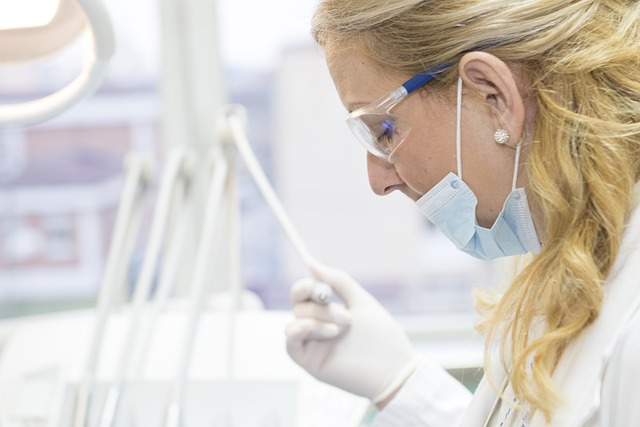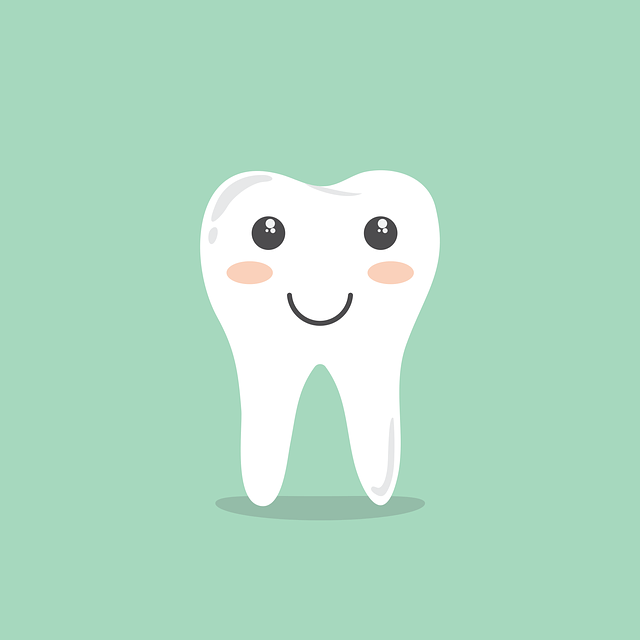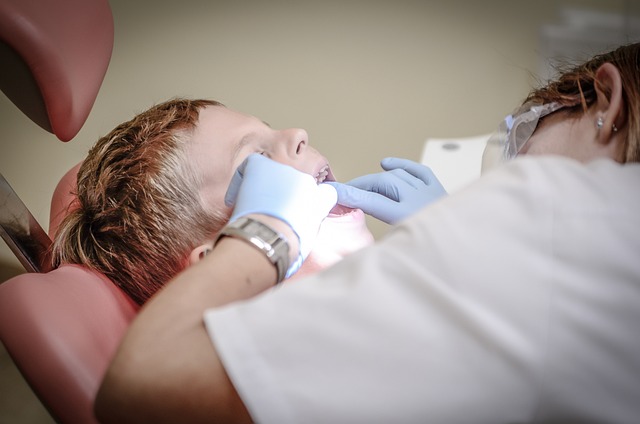Invisalign vs. Retainers: Unveiling the Orthodontic Choices
Straightening teeth has never been easier, thanks to the advancements in orthodontic technology. With a plethora of options available, it can be overwhelming to choose the best method for achieving that perfect smile. Among the various orthodontic choices, two popular options stand out: Invisalign and retainers. While both are designed to straighten teeth, each method offers its own unique benefits. In this article, we will delve into the world of orthodontics, unveiling the key differences between Invisalign and retainers, helping you make an informed decision on your journey towards a beautifully aligned set of pearly whites. Whether you are considering orthodontic treatment for yourself or a loved one, understanding the distinctions between these two options will undoubtedly empower you to make the best choice for your dental needs. So, let’s dive in and explore the world of Invisalign and retainers, uncovering the secrets to achieving that confident and radiant smile you’ve always desired.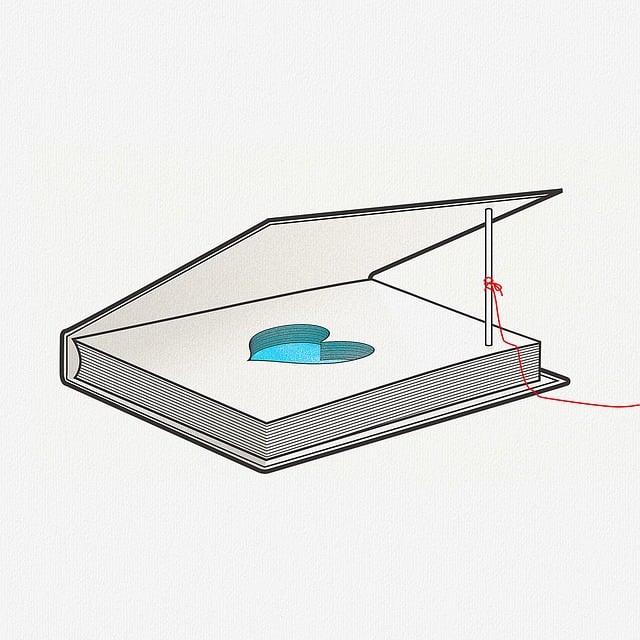
1. Understanding Orthodontic Options: A Comparative Analysis of Invisalign and Retainers
When it comes to orthodontic treatment, patients have a range of options available to them. Two popular choices are Invisalign and retainers. Both aim to correct misalignments and create a beautiful smile, but they differ in various aspects. In this comparative analysis, we will delve into the features, benefits, and limitations of both options to help you make an informed decision.
Features:
- Invisalign: Invisalign is a system that uses a series of clear, removable aligners to gradually move the teeth into their desired positions. These aligners are custom-made to fit snugly over your teeth, making them virtually invisible. They are removable, allowing for easy maintenance of oral hygiene and the ability to enjoy your favorite foods without restrictions.
- Retainers: Retainers, on the other hand, are orthodontic devices that are typically used after braces or other orthodontic treatment to maintain the achieved results. They can be either fixed or removable, depending on your orthodontist’s recommendation. Retainers work by holding the teeth in their new positions and preventing them from shifting back.
Stay tuned for the next section where we will explore the benefits and limitations of both Invisalign and retainers, helping you gain further insights into these orthodontic options.

2. Exploring the Benefits and Differences: Invisalign and Retainers Unveiled
Invisalign and retainers are both popular orthodontic devices used to straighten teeth and improve smiles. While they share a common goal, there are notable differences between the two. Understanding these differences can help you make an informed decision about which option is best for you.
Benefits of Invisalign:
- Appearance: Invisalign aligners are virtually invisible, making them a discreet option for those who are self-conscious about wearing braces.
- Removability: Unlike retainers, Invisalign aligners can be easily removed for eating, brushing, and flossing, allowing for better oral hygiene during treatment.
- Comfort: The smooth plastic material of Invisalign aligners eliminates the discomfort often associated with traditional braces, such as metal wires and brackets.
- Convenience: Invisalign aligners require fewer office visits compared to retainers, as they are typically changed every two weeks at home.
Benefits of Retainers:
- Stability: Retainers are designed to maintain the position of the teeth after orthodontic treatment, preventing them from shifting back to their original positions.
- Customizability: Retainers can be customized to address specific orthodontic issues, such as correcting minor crowding or closing small gaps between teeth.
- Cost: In general, retainers tend to be more affordable than Invisalign, making them a budget-friendly option for those seeking post-treatment maintenance.
- Durability: Retainers are typically made from durable materials, ensuring they can withstand the rigors of daily wear and tear.

3. The Science Behind Invisalign and Retainers: Choosing the Right Orthodontic Treatment
When it comes to orthodontic treatment, two popular options to consider are Invisalign and retainers. Both have their own unique benefits and advantages, but understanding the science behind each can help you make an informed decision about which treatment is right for you.
Invisalign:
Invisalign is a modern orthodontic treatment that utilizes a series of clear, custom-made aligners to gradually straighten teeth. These aligners are made from a smooth, comfortable plastic material and are virtually invisible when worn. The science behind Invisalign lies in the advanced computer technology used to create a 3D image of your teeth. This digital model is then used to design a customized treatment plan that maps out the movement of your teeth throughout the process.
- Invisalign aligners are removable, allowing you to eat, drink, brush, and floss with ease.
- The aligners are replaced every few weeks to gradually shift your teeth into the desired position.
- The treatment duration varies depending on individual cases, but on average, it takes about 12 to 18 months to complete.
Retainers:
Retainers, on the other hand, are devices designed to hold your teeth in their new position after orthodontic treatment. They are typically made of metal or clear plastic and can be either removable or fixed. The science behind retainers lies in their ability to prevent your teeth from shifting back to their original position.
- Removable retainers can be taken out for eating and cleaning, while fixed retainers are bonded to the back of your teeth for a more permanent solution.
- Wearing retainers as directed by your orthodontist is crucial to maintaining the results achieved through orthodontic treatment.
- Over time, the frequency of retainer usage may decrease, but it is important to continue using them as advised to prevent any orthodontic relapse.
Choosing the right orthodontic treatment depends on various factors, including the complexity of your case, lifestyle preferences, and budget. Consulting with an experienced orthodontist will help determine which option is most suitable for your specific needs and goals.

4. Invisalign: A Revolutionary Approach to Orthodontics
Invisalign is a groundbreaking method that has revolutionized the field of orthodontics. Unlike traditional braces, Invisalign offers a discreet and comfortable way to straighten teeth. Using a series of clear, custom-made aligners, Invisalign gradually moves teeth into their desired position.
One of the key advantages of Invisalign is its nearly invisible appearance. The aligners are made from a clear, smooth plastic material that is virtually undetectable when worn. This makes Invisalign a popular choice for individuals who are conscious about their appearance and want to avoid the noticeable appearance of metal braces.
- Comfort: Invisalign aligners are made from a smooth plastic material that is comfortable to wear and won’t irritate the gums and cheeks like traditional braces.
- Removability: Unlike braces, Invisalign aligners can be easily removed for eating, brushing, and flossing. This allows for better oral hygiene and the ability to enjoy any food without restrictions.
- Customization: Each set of Invisalign aligners is custom-made to fit the patient’s teeth perfectly. This ensures optimal comfort and efficiency in the teeth straightening process.
In conclusion, Invisalign offers a revolutionary approach to orthodontics by providing a discreet, comfortable, and effective solution for straightening teeth. With its clear aligners and numerous benefits, Invisalign has become a popular choice for individuals seeking a more convenient and aesthetically pleasing alternative to traditional braces.
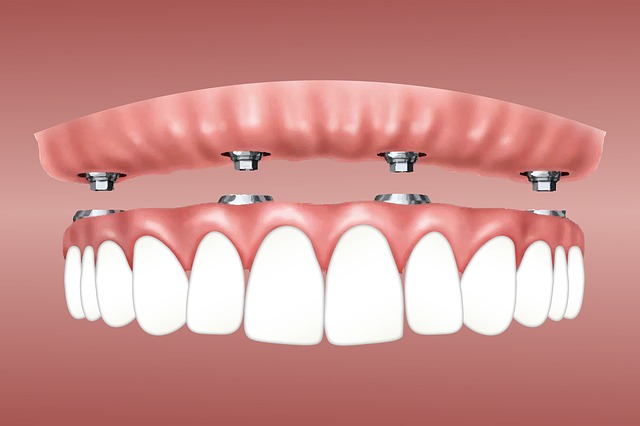
5. Retainers: A Time-Tested Solution for Orthodontic Maintenance
When it comes to maintaining the results of orthodontic treatment, retainers have proven to be a reliable and effective solution. These custom-made devices are designed to hold teeth in their new positions and prevent them from shifting back. Retainers play a crucial role in ensuring that the investment made in orthodontic treatment continues to yield long-lasting and beautiful results.
Retainers are typically worn after the completion of orthodontic treatment, once braces or aligners have been removed. They are made from durable, high-quality materials such as acrylic and metal wires, ensuring their longevity. There are two main types of retainers: removable and fixed. Removable retainers can be taken out for eating, brushing, and flossing, while fixed retainers are bonded to the back of the teeth and cannot be removed.
- Retainers are custom-made to fit each patient’s unique dental structure, ensuring maximum comfort and effectiveness.
- By wearing retainers as prescribed by the orthodontist, patients can maintain the corrected alignment of their teeth.
- Retainers help prevent the teeth from shifting or reverting to their original positions, a common occurrence after orthodontic treatment.
- Proper retainer wear can also aid in the correction of minor tooth movements that may occur naturally over time.
It is important to follow the orthodontist’s instructions on wearing and caring for retainers. Regular check-ups should be scheduled to monitor the progress and make any necessary adjustments to the retainers. With consistent use, retainers offer a time-tested and dependable solution for orthodontic maintenance, ensuring a confident and lasting smile.
6. Decoding the Invisible Aligners: How Invisalign Transforms Orthodontic Treatment
What are Invisible Aligners?
Invisalign is a revolutionary orthodontic treatment that utilizes a series of custom-made, clear plastic aligners to gradually straighten teeth. Unlike traditional metal braces, these aligners are virtually invisible, making them an attractive option for adult and teenage patients who desire a discreet way to achieve a beautiful smile.
How do Invisalign aligners work?
The treatment process begins with a comprehensive examination by an Invisalign-trained orthodontist who will assess your dental needs and determine if Invisalign is the right choice for you. If it is, a customized treatment plan will be created using advanced 3D imaging technology to map out the precise movements of your teeth. Based on this plan, a series of aligners will be fabricated specifically for you.
Each set of aligners is worn for about two weeks before being replaced with the next set in the series. As you progress through the aligners, your teeth will gradually shift into their desired positions. Throughout the treatment, you will have periodic check-ups with your orthodontist to ensure that the aligners are working effectively and to make any necessary adjustments.
One of the biggest advantages of Invisalign is that the aligners can be removed for eating, drinking, and oral hygiene routines, providing a level of convenience that traditional braces cannot match. Additionally, the smooth plastic material of the aligners reduces the likelihood of irritation and discomfort often associated with metal braces.
7. Retainers: The Unsung Heroes of Orthodontic Care
Retainers play a crucial role in orthodontic care, yet they often go unnoticed. These devices are custom-made to fit each patient’s mouth and are typically worn after braces or aligners are removed. Here’s why retainers are the unsung heroes of orthodontic care:
1. Maintaining the Results: After months or years of orthodontic treatment, it’s essential to ensure that your teeth stay in their new, aligned positions. Retainers help prevent your teeth from shifting back to their original positions, allowing you to enjoy the long-lasting results of your orthodontic treatment.
2. Correcting Bite Issues: Retainers can also be used to correct bite issues, such as an overbite or underbite. By applying gentle pressure on specific teeth or areas, retainers help align your bite, improving your overall oral health and function.
Regular use of retainers, as prescribed by your orthodontist, is key to maintaining your smile’s alignment. These unassuming devices deserve recognition for their vital role in orthodontic care.
Frequently Asked Questions
Q: What are the key differences between Invisalign and retainers?
A: Invisalign and retainers serve different purposes in orthodontic treatment. Invisalign is a clear aligner system that gradually straightens teeth, while retainers are used to maintain the position of teeth after orthodontic treatment.
Q: How does Invisalign work?
A: Invisalign utilizes a series of clear aligners that are custom-made to fit snugly over your teeth. These aligners apply gentle, controlled forces to gradually shift your teeth into the desired position. Every few weeks, you switch to a new set of aligners to continue the progression.
Q: What are the advantages of Invisalign?
A: Invisalign offers several advantages. Firstly, the aligners are virtually invisible, making them a discreet option for those who want to avoid the appearance of traditional braces. Additionally, the aligners are removable, allowing you to eat and drink without restrictions and maintain proper oral hygiene.
Q: Can Invisalign treat all orthodontic issues?
A: Invisalign is effective for treating a wide range of orthodontic issues, including crowded teeth, gaps, overbites, underbites, crossbites, and open bites. However, severe cases may require alternative treatments, and your orthodontist will be able to determine if Invisalign is suitable for your specific needs.
Q: How long does Invisalign treatment take?
A: The duration of Invisalign treatment varies depending on the complexity of your case. On average, treatment can last anywhere from 6 to 18 months. Your orthodontist will provide an estimated timeline based on your individual needs.
Q: What is the purpose of retainers?
A: Retainers are orthodontic devices used after the completion of orthodontic treatment. Their primary purpose is to prevent teeth from shifting back to their original positions and maintain the newly achieved alignment.
Q: Are there different types of retainers?
A: Yes, there are different types of retainers. The most common types include removable retainers, which are made of clear plastic or acrylic, and fixed retainers, which are bonded to the back of the teeth using wires or cement.
Q: How often should retainers be worn?
A: The recommended duration for wearing retainers varies from person to person, but generally, they should be worn full-time immediately after orthodontic treatment. Over time, your orthodontist may advise you to transition to wearing them only at night.
Q: Do retainers require any special care?
A: Retainers should be cleaned daily to prevent bacteria buildup. Removable retainers can be brushed gently with a toothbrush and mild soap, while fixed retainers require careful brushing and flossing around the wires.
Q: Can retainers be replaced if lost or damaged?
A: Yes, retainers can be replaced if lost or damaged. It is important to contact your orthodontist as soon as possible to avoid any unwanted teeth movement while waiting for the replacement.
Q: Which option, Invisalign or retainers, is more suitable for me?
A: The choice between Invisalign and retainers depends on your specific orthodontic needs and goals. Consulting with an experienced orthodontist will help determine the most suitable option for you, ensuring the best outcome for your smile.
In Conclusion
In conclusion, the choice between Invisalign and retainers is a crucial decision when it comes to orthodontic treatment. Understanding the key differences between these options can help you make an informed choice that best suits your needs.
Here are the key takeaways from this article:
1. Invisalign offers a discreet and convenient alternative to traditional braces, with clear aligners that are practically invisible when worn.
2. Retainers, on the other hand, are primarily used to maintain the results achieved through previous orthodontic treatments, ensuring that your teeth remain in their new positions.
3. Invisalign is ideal for correcting various dental issues such as overcrowding, gaps, and misalignment, while retainers focus on maintaining teeth alignment.
4. Both Invisalign and retainers require consistent wear to achieve desired results. Invisalign aligners should be worn for 20-22 hours a day, while retainers are typically worn overnight.
5. Invisalign treatment involves a series of customized aligners that gradually shift your teeth into the desired position, while retainers are typically custom-made to fit your teeth after orthodontic treatment.
6. While Invisalign may be a more expensive option initially, it offers added benefits of comfort, convenience, and improved oral hygiene compared to retainers.
7. Retainers, on the other hand, tend to be more affordable and are often recommended for maintaining the results achieved through orthodontic treatment.
8. Ultimately, the choice between Invisalign and retainers depends on the specific needs and preferences of each individual. Consulting with an orthodontist can help you determine the most suitable option for you.
By weighing these key factors, you can confidently decide whether Invisalign or retainers are the right orthodontic choice for you. Remember, seeking professional guidance from an orthodontist is crucial in making an informed decision and achieving the desired results for your dental health.

